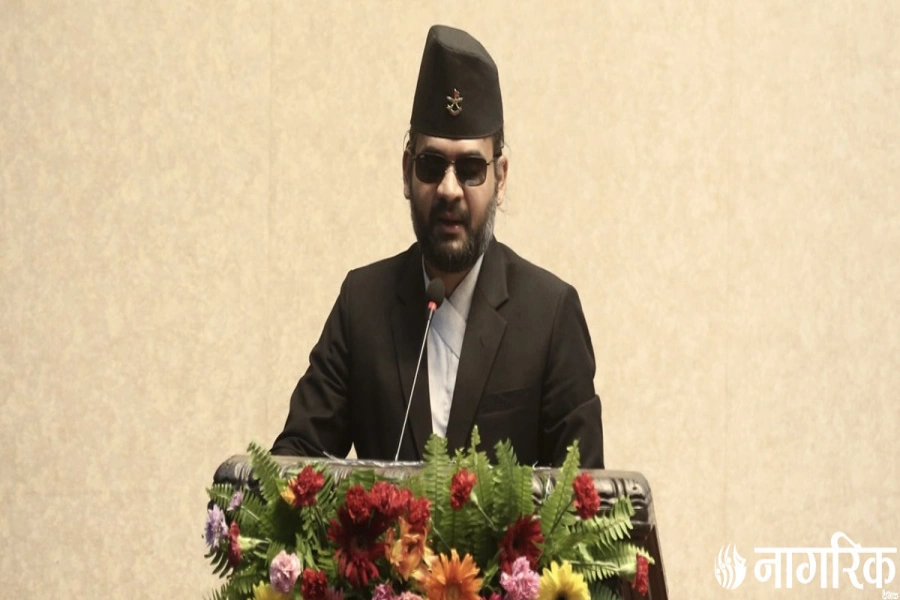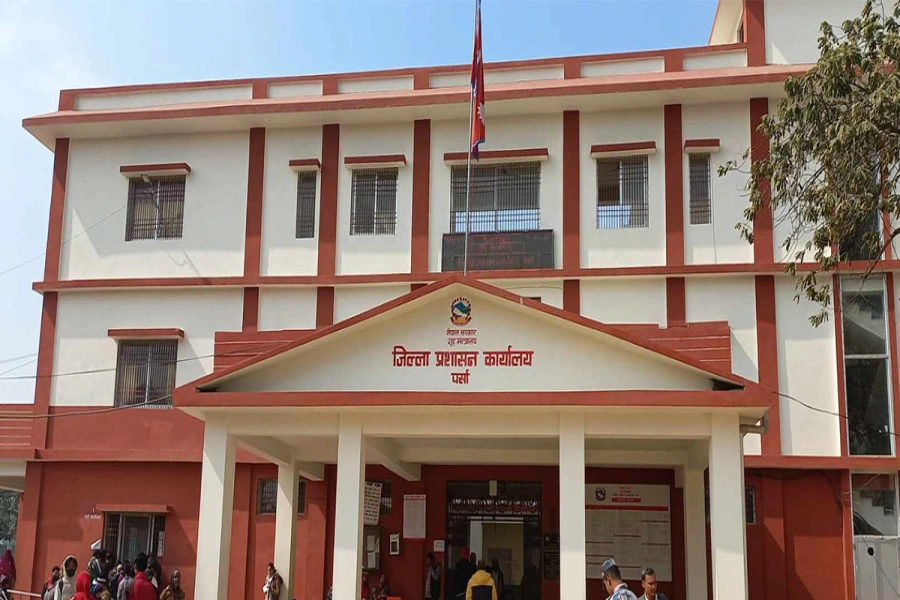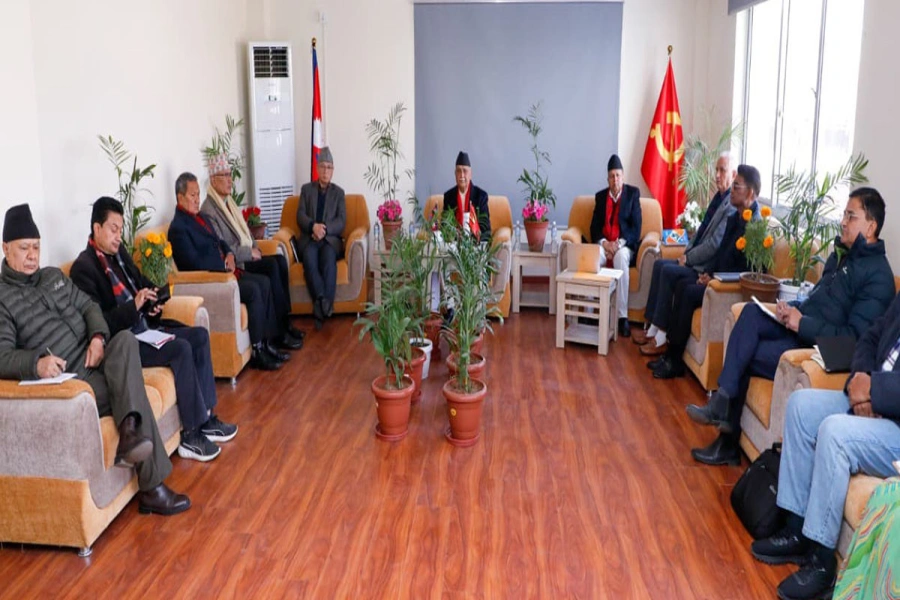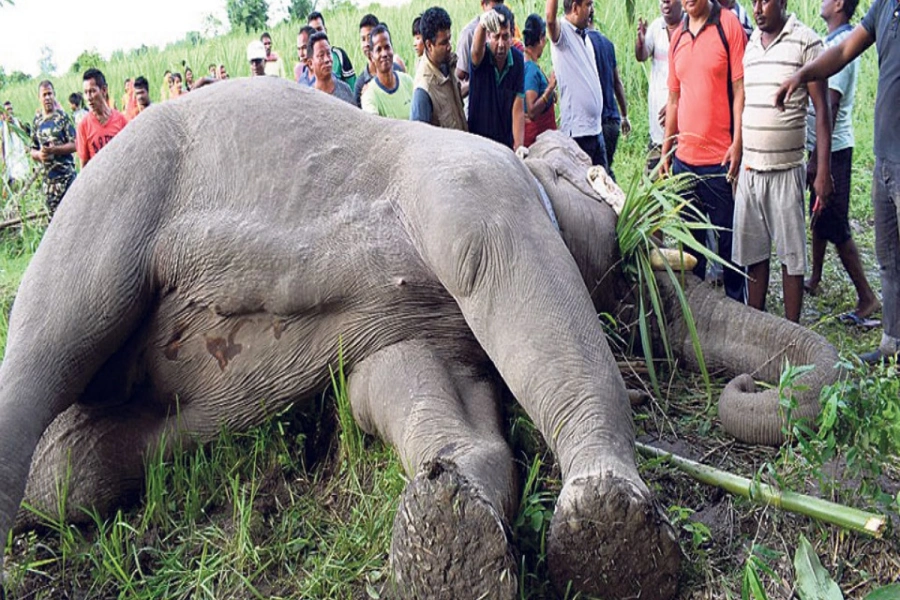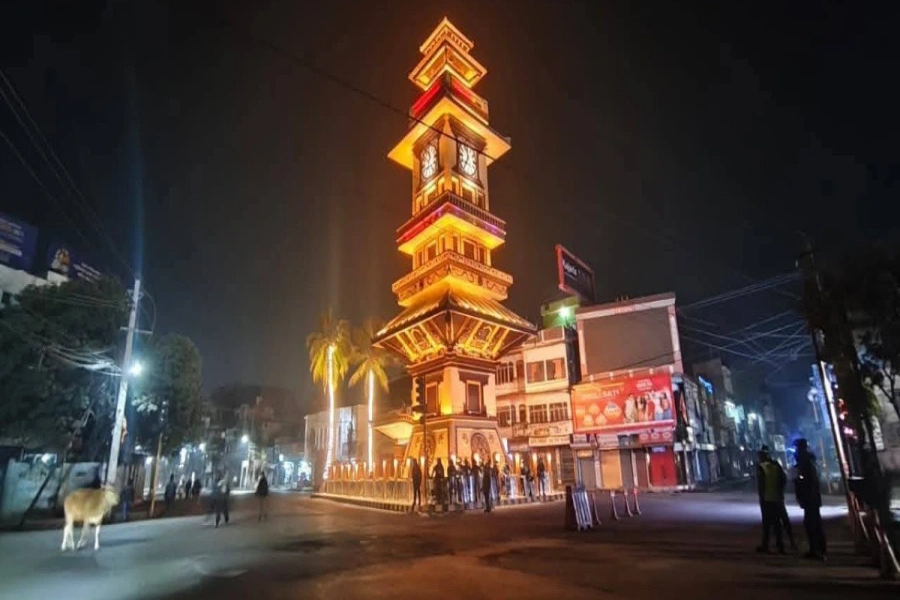The place was eerily silent except the chirping of sparrows and the moving of the women’s lips. Rice terraces terminating skyward mocked the vast mustard field in full blossom. As one climbs further, right up on the highest point, you can never lose the sight of pastureland gleaming in the sun where horses and cattle grazed all day long. This is Nagarkot, a popular day trip destination for the local and a must-see for the tourists for the spectacular view of the Himalayas. Mere two hours drive from the Capital, the natural picturesque-ness here still remains unspoiled despite the sprouting of resorts. Nagarkot flaunts it beauty in the form of postcard perfect villages that seem to lay on the laps of the mighty Himalayas. The sight of birds dancing and chirping all day at the drooping branches of trees was nonetheless a stunning spectacle.
Looking at the snow-capped Himalayas against the blue sky and horses and goats grazing in the meadows next to the limitless landscape of green forest, a desire to buy a piece of land and build a house in this pleasant countryside with delightful surroundings creeps my mind. But the thought is soon set aside as with much dismay at the realization of the distance I would have to commute every day because of my job.
And there was yet another uncertainty: The greedy builders, thought not as evident as other places in Kathmandu, had managed to get their hands here too and were slowly plotting the lands threatening to convert the tranquil heaven into an extension of Kathmandu in a few years. “So, what is the use of a house here, which will sooner or later become another Kathmandu?,” I rationalized.
A gust of wind blew a flower petal which fell before me. I picked it up and I caught a whiff of its perfume. The wind brought along with it a light drizzle which had me back tracking my feet toward the hotel. I had gone to Nagarkot on a pleasant October morning. The place was abundant in all the natural properties, including the warm and bright sun. Everything seemed to be splendid.
Coming back to, Kathmandu, the metropolis I live in, an entirely different picture unfolds. The serenity, silence and clean air seem like a part of a distant memory here, even though its only two hours way. My life and everybody’s lives seemed severely muffled and our movements altogether curtailed here. We are shut out from the physical contact with the natural world without a chance to look at a blade of grass. So much so, that a sight of natural scenery are only visible on televison. The sprawling city is tedious and devoid of pictorial effects. It is left to the utilitarian trade-offs.
Kathmandu is a haphazardly built sprawling brick town, a seething mass of dissimilar buildings of all unhealthy hue and architecture crowding the banks of the three Capital Rivers, whose waters have been taken over by sewage. Neither the government nor the rapacious builders here seem to value nature. All they have is that passionate desire for a house of any diminutive shape or size, anywhere in this city.
The city described by Nepali historians Bhuwan Lal Joshi and Leo Rose as “home and sanctuary of Nepali elites” is now being invaded by hordes of non-elites in a frantic search to improve their living conditions. But since neither the Ranas nor the successive monarchs or the modern-day political leaders bothered to plan the city or even foresaw the impending danger, its future has now been left to the will of the heaven.
The urban plan and the future wellbeing of the inhabitants are utterly disregarded by the state. The consequences of such gross neglect is now apparent: Life is never so pitiable as now for many rural migrants residing here with large family members having to use a single room to sleep, cook and dine and their children playing on the bumpy dirt roads. And as night falls, the only semblance of light is the pale inverter or oil lamps. Most people go to bed early except for some students who stay up doing homework with the aid of kerosene lamp. Without running water and electricity, life in this city hinges on the primeval. Desperately poor-looking women walk with babies on their hips to stone spouts to fetch murky waters or wash clothes. I doubt if the ruler ever felt sympathy for the subjects. Not that they had (have) not seen the world outside. Not that they did not know how other governments built their cities and roads. Not that they haven’t travelled to other nations and rested in public parks. But because they were merely occupied in consolidating their power in this city of atypical modernization, they merely ended up building their own concrete houses than thought of doing something for the future generation, let alone the present population.
Kathmandu, no doubt, is the only place in the country where all material comforts are to be found. Now that the new elites are at the helm of affairs in Kathmandu talking about structural transformation of the nation, I wonder whether they are ready to stop hungry builders from capturing every centimetre of land to convert them into haphazard malls and houses of unhealthy architecture without leaving a breathing space for the future generation.
nitya.n.timsina@gmail.com
Humor in the humdrum



